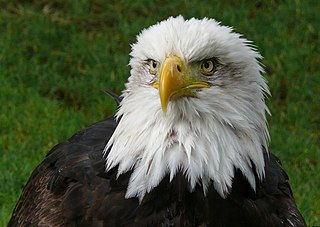 W
WThe allegory of Hispania is the national personification of Spain.
 W
WThe Catalan is a breed of large domestic donkey from the historic region of Catalonia, now in north-eastern Spain and south-western France. Approximately 80% of the breed population is in the modern autonomous community of Catalonia, and approximately 20% is in the historic Roussillon region of France.
 W
WThe coat of arms of Spain represents Spain and the Spanish nation, including its national sovereignty and the country's form of government, a constitutional monarchy. It appears on the flag of Spain and it is used by the Government of Spain, the Cortes Generales, the Constitutional Court, the Supreme Court, and other state institutions. Its design consists of the arms of the medieval kingdoms that would unite to form Spain in the 15th century, the Royal Crown, the arms of the House of Bourbon, the Pillars of Hercules and the Spanish national motto: Plus Ultra. The Monarch, the heir to the throne and some institutions like the Senate, the Council of State and the General Council of the Judiciary have their own variants of the coat of arms.
 W
WThe Coat of arms of the Second Spanish Republic was the emblem of the Second Spanish Republic, the democratic government that existed in Spain between April 14, 1931, when King Alfonso XIII left the country, and April 1, 1939, when the last of the Republican forces surrendered to Francoist forces at the end of the Spanish Civil War.
 W
WThe Cross of Burgundy or the Cross of Saint Andrew, a saw-toothed form of St. Andrew's cross, was first used in the 15th century as an emblem by the Valois Dukes of Burgundy, who ruled a large part of eastern France and the Low Countries as effectively an independent state. The Burgundian Low Countries were inherited by the Habsburgs, who adopted the flag at the extinction of the Valois ducal line and continued to use it as one of their many symbols up to the 18th century. With the Burgundian Habsburgs coming to power in Spain in the 16th century, the emblem served as a naval ensign of the Spanish Empire up to 1701, and up to 1843 as the land battle flag, acquiring a global impact throughout Europe and the Americas in the possessions of the Spanish crowns of Castile and Aragon. It is found nowadays in different continents and still appears on regimental colours, badges, shoulder patches and company guidons. The use of the emblem in a variety of contexts, in a number of European countries and in the Americas, reflects the historical extent of Burgundian, Habsburg, and Spanish territories.
 W
WDianthus caryophyllus, commonly known as the carnation or clove pink, is a species of Dianthus. It is probably native to the Mediterranean region but its exact range is unknown due to extensive cultivation for the last 2,000 years.
 W
WEagle is the common name for many large birds of prey of the family Accipitridae. Eagles belong to several groups of genera, some of which are closely related. Most of the 60 species of eagle are from Eurasia and Africa. Outside this area, just 14 species can be found—2 in North America, 9 in Central and South America, and 3 in Australia.
 W
WThe flag of Spain, as it is defined in the Constitution of 1978, consists of three horizontal stripes: red, yellow and red, the yellow stripe being twice the size of each red stripe. Traditionally, the middle stripe was defined by the more archaic term of gualda, and hence the popular name la Rojigualda (red-weld).
 W
WThe flag of the Second Spanish Republic, known in Spanish as la tricolor, was the official flag of Spain between 1931 and 1939 and the flag of the Spanish Republican government in exile until 1977. Its present-day use in Spain is associated with the modern republican movement, different trade unions and various left-wing political movements.
 W
WThe "Marcha Real" is the national anthem of Spain. It is one of only four national anthems in the world that have no official lyrics.
 W
WThe Osborne bull is a 14-metre (46 ft) high black silhouetted image of a bull in semi-profile. There are at least 90 of them located outdoors all over Spain.
 W
WThe Spanish Royal Crown may refer to either the heraldic crown, which does not exist physically, or the crown known as the corona tumular, a physical crown used during Spanish royal proclamation ceremonies since the 18th century.